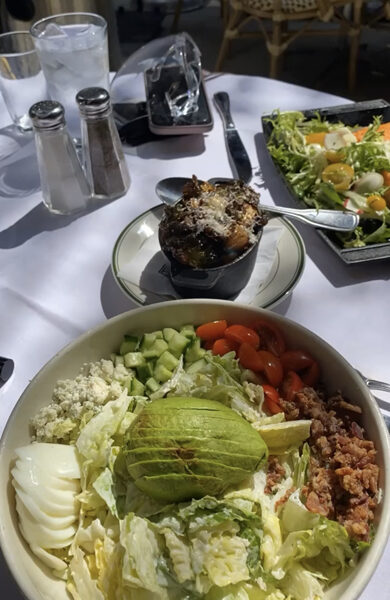CLEAN EATING
I have been on a weight loss journey for 2 years and have lost over 100 pounds. During this time I have learned how to eat as “clean” as possible. Which to me, means eating foods that are as close to their natural state.
foods that are as close to their natural state.
I have been focusing on the health benefits of consuming foods rich in nutrient content directly from the earth that have not been overly processed. And I want to use “food as medicine” to help prevent certain illnesses.
Most Americans eat a diet rich in processed foods that have been made from synthetic ingredients, and packed with fat, sugar, sodium, chemicals, preservatives, food dyes, and other additives, these additional items may not be good for overall health.
According to EatingWell.com – Here are some of the steps I took to lose the weight and healthy eating :
- Load up on Fruits and Vegetables:
When it comes to fruits and vegetables, most of us aren’t getting enough. Per the Centers for Disease Control and Prevention, around 10% of Americans eat the recommended servings of vegetables and fruits daily. Eating more fruit and vegetables can help significantly reduce your risk for a number of chronic diseases, including high blood pressure, type 2 diabetes, heart disease, obesity, and cancer.
recommended servings of vegetables and fruits daily. Eating more fruit and vegetables can help significantly reduce your risk for a number of chronic diseases, including high blood pressure, type 2 diabetes, heart disease, obesity, and cancer.
- Go Whole Grain:
The cleanest whole grains are the ones that have been touched the least by  processing. Think whole grains that look most like their just-harvested state—quinoa, wild rice, and oats.
processing. Think whole grains that look most like their just-harvested state—quinoa, wild rice, and oats.
- Eat Less Meat:
More and more research suggests that cutting back on meat is healthier for you and the planet. Veganism isn’t a requirement for clean eating though—just eating less meat can help reduce your blood pressure, reduce your risk of heart disease, and help keep your weight in check.
- Watch out for Processed Foods:
We’re not opposed to all processed foods. Technically when we chop, mix and cook  at home we are processing foods. The trouble is that so much processed food at the grocery store is processed beyond the point of recognition. Nature certainly didn’t color those chips neon orange or make blue candy-colored cereal. Keep an eye out for anything with lots of sugar and refined grains, super-long ingredient lists with foods you don’t recognize, and anything with partially hydrogenated oils.
at home we are processing foods. The trouble is that so much processed food at the grocery store is processed beyond the point of recognition. Nature certainly didn’t color those chips neon orange or make blue candy-colored cereal. Keep an eye out for anything with lots of sugar and refined grains, super-long ingredient lists with foods you don’t recognize, and anything with partially hydrogenated oils.
- Limit Added Sugar:
Most people eat too much-added sugar. The American Heart Association recommends no more than about 6 teaspoons per day for women and 9 teaspoons per day for men. The average American gets about 4 times that amount—28 teaspoons of added sugar per day. To clean up your diet, reduce added sugars by limiting sweets like soda, candy, and baked goods. But it’s more than just desserts—keep an eye on sugars added to healthier foods like yogurt (choose plain), tomato sauce, and cereal.
- Keep an Eye on Sodium:
Like sugar, most of us get far more sodium than we should. It’s recommended to cap sodium at 2,300 milligrams daily, about one teaspoon of salt. If you’re over 50, of African American descent, or have high blood pressure, chronic kidney disease, or diabetes, you may want to go even lower, to 1,500 mg per day. 80% of the sodium in our diets is coming from convenience foods. Cutting back on processed foods will help you reduce your salt intake, as most packaged foods contain more sodium than homemade versions.
